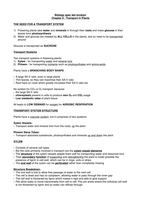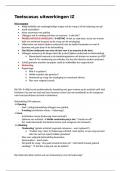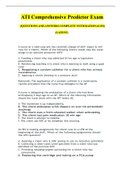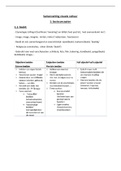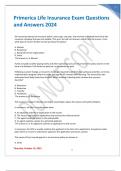Summary
Summary Chapter 9 OCR BIO - Transport in Plants Revision Notes
Comprehensive and in-depth notes on the biological aspects of this chapter, using specification points as headings to ensure that all required material is included- and no irrelevant content (like many of the textbooks). Created and used by an A-Level Biology student for the NEW SPECIFICATION from ...
[Show more]
